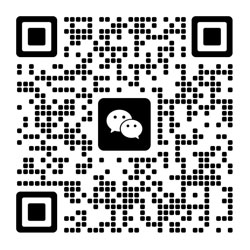Influence factors and calculation method of bearing friction torque
Release time:2025-05-15News type:Bearing Information
The free running of a bearing is affected by the friction torque.
If a bearing is filled with hard grease, it will be difficult for the bearing to rotate, indicating a relatively high frictional torque; conversely, a bearing lacking lubrication will be able to rotate freely, implying a low frictional torque. The force required to rotate a bearing is influenced by a number of factors, including the roundness of the bearing, the applied load, the lubrication condition and the closure. The better the roundness and surface finish of the balls and raceways, the less force is required to rotate the bearing. Also, the higher the load, the greater the degree of deformation of the bearing components, which leads to increased resistance.
In terms of lubrication, instrumentation oils typically produce lower torque levels at very low speeds, although the difference between this grease and many low-torque greases can be minimal, especially when filled with a small amount of grease. Higher viscosity lubricants can significantly increase the torque of a bearing due to their own higher resistance. Lubricated bearings may have high torque levels for a short period of time initially, as the grease takes time to “break in” or spread inside the bearing. Contact seals can increase torque values significantly. The force required to start turning the bearing from a standstill (start-up torque) is slightly higher than the force required to keep the bearing turning (running torque).
The following is a simple formula for calculating the approximate value of the friction torque:
Radial ball bearing: 0.5 x 0.0013 x radial load (in Newtons) x bearing bore (mm); Axial ball bearing: 0.5 x 0.0011 x axial load (in Newtons) x bearing bore (mm).
It should be noted that these formulas are valid only if the bearings are adequately lubricated (using oil), have no contact seals and are subjected to low speeds and low loads. In the case of radial ball bearings, the axial load should be less than 20% of the radial load; in the case of thrust bearings, the axial load should be purely axial. The friction torque is measured in Newton millimeters (Nmm), which is a compound torque unit equivalent to the torque produced by applying a force of 1 Newton (approx. 0.1 kg force) to a force arm of 1 mm.

